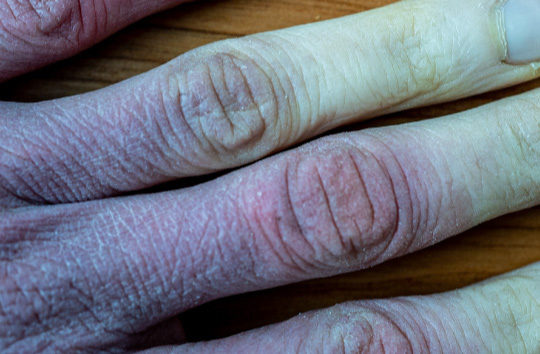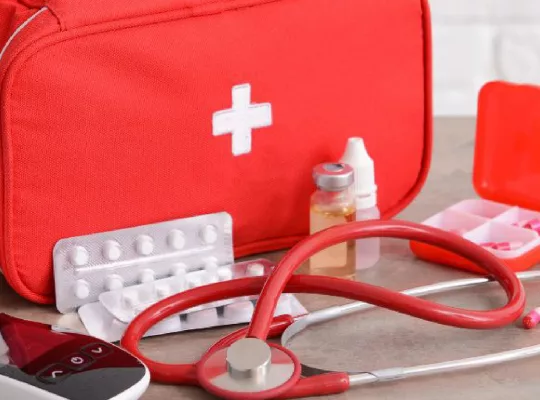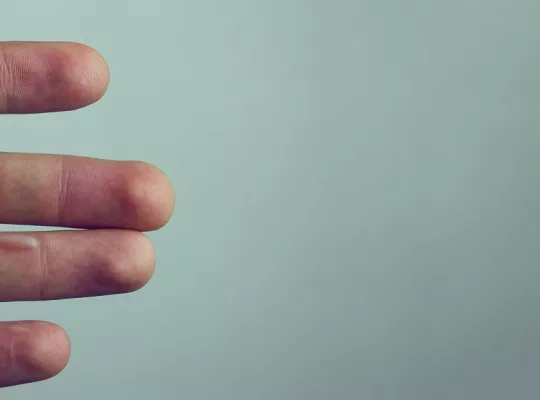What Is Hypothermia?
Hypothermia is caused by prolonged exposure to cold temperatures, causing internal body temperature to drop below 95 degrees Fahrenheit or 45 degrees Celsius. Age, medication, and medical condition can severely limit a person’s ability to gauge the cold and as such, can make developing hypothermia easier. Administering first aid for someone with hypothermia symptoms as early as possible can help save their life.
First Aid for Hypothermia
Call 911 immediately. Hypothermia can affect organ and brain function, so seeking medical help is the safest option. If help is not available or will take a long time to reach you, there are a few first aid techniques for hypothermia you can apply.
- Get the affected person inside somewhere warm and try and move them as little as possible. Too much movement or movement that is too quick may cause irregular heartbeats. Getting protection from the elements, especially wind and snow will help the affected person warm back up.
- Remove any wet clothing and dry them off if needed. Wet clothes and wet skin suck heat from the body, which is why athletes will be given a blanket and some form of shelter after competing, and sweating, in cold conditions.
- Lay the affected person on a couch or bed and give them a bunch of blankets, wrapping as much of their body as possible, including the head and neck. It would be best you you lay him on the bed pad. If the only option is the floor or ground, give them something warm to lie on. Use backboard straps if necessary to secure the person in place.
- If they are cognizant, give them warm, decaffeinated drinks. Warm drinks will actually help restore internal heat.
- If you have a heating pad, electric blanket, hot packs, or a hot water bottle, only apply them to the torso area, and do not apply them directly to the skin. Applying a heating pad, electric blanket, hot packs, or a hot water bottle to the arms, legs, hands, or feet can cause the affected person to go into shock.
- Take their temperature if possible. Getting an accurate reading of a person’s temperature can greatly help plan the next steps.
A Note on Treating Hypothermia
The most important thing to know about treating hypothermia is that you need to go slowly. While a hot tub or a hot bath may seem like the obvious solution, raising a person’s temperature too quickly can cause heart arrhythmia.
What Are the Symptoms of Hypothermia?
- Shivering, which may stop late in hypothermia progression
- Slurred speech, mumbling, confusion, and or memory loss
- A weak pulse
- Slow and shallow breathing
- Lack of coordination
- Loss of consciousness
- Prolonged hypothermia can also lead to frostbite. (Link to blog)
How to Prevent Hypothermia
Hypothermia is very serious. Avoiding it is relatively easy as long as the resources are available.
- Limit your exposure to the cold. While heating bills are expensive, living in a slightly cold home has the potential to lead to hypothermia depending on risk factors.
- Wear layers and keep as much skin covered as possible. Exposed skin and thin layers allow your body heat to be stolen away very easily.
- Avoid getting wet or and avoid large bodies of water. It is entirely possible to get hypothermia in the middle of summer. Going swimming in the ocean, especially the deep parts of the ocean, or falling off a boat in the ocean can quickly cause hypothermia to develop. Water absorbs a lot of heat and can drain your body very quickly.

Citations
https://www.mayoclinic.org/diseases-conditions/hypothermia/symptoms-causes/syc-20352682
https://www.webmd.com/a-to-z-guides/what-is-hypothermia
https://www.webmd.com/first-aid/hypothermia-treatment
http://www.nationalhomeless.org/publications/winter_weather/report.html#2







